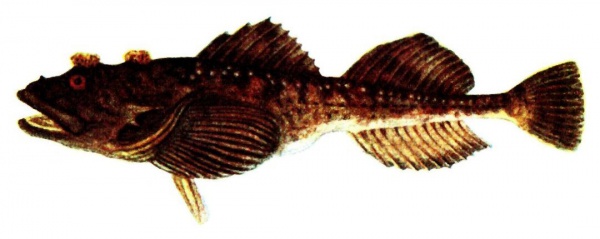Facts About Fourhorn sculpin
The fourhorn sculpin is a captivating fish species that primarily inhabits the cold coastal waters of Canada, Greenland, Russia, and Alaska, as well as the boreal Baltic Sea. Interestingly, there are also freshwater populations in regions such as Norway, Sweden, Finland, Karelia, and Arctic Canada.
A close relative of the fourhorn sculpin is the deepwater sculpin, scientifically known as Myoxocephalus thompsonii, which resides in North American freshwater lakes. Some scientists consider it a subspecies of the fourhorn sculpin.
One of the most distinctive features of the fourhorn sculpin is its large, knobby head with noticeable protruding lips and four bony bumps. However, these bony bumps are absent in the freshwater varieties. The fish also has large, rounded pectoral fins and a brownish, mottled body with darker spots. Males can be identified by their yellowish-brown bellies, while females have whitish bellies.
In terms of diet, the fourhorn sculpin feeds on benthic invertebrates and fish eggs. Its breeding season runs from November to March, during which the males protect the eggs until they hatch.
In size, the fourhorn sculpin can grow to be 20 to 30 cm long in the sea, but in freshwater lakes, it typically remains under 15 cm.
This unique fish, with its fascinating physical features and behaviors, is a true marvel of the underwater world.

 Russia
Russia